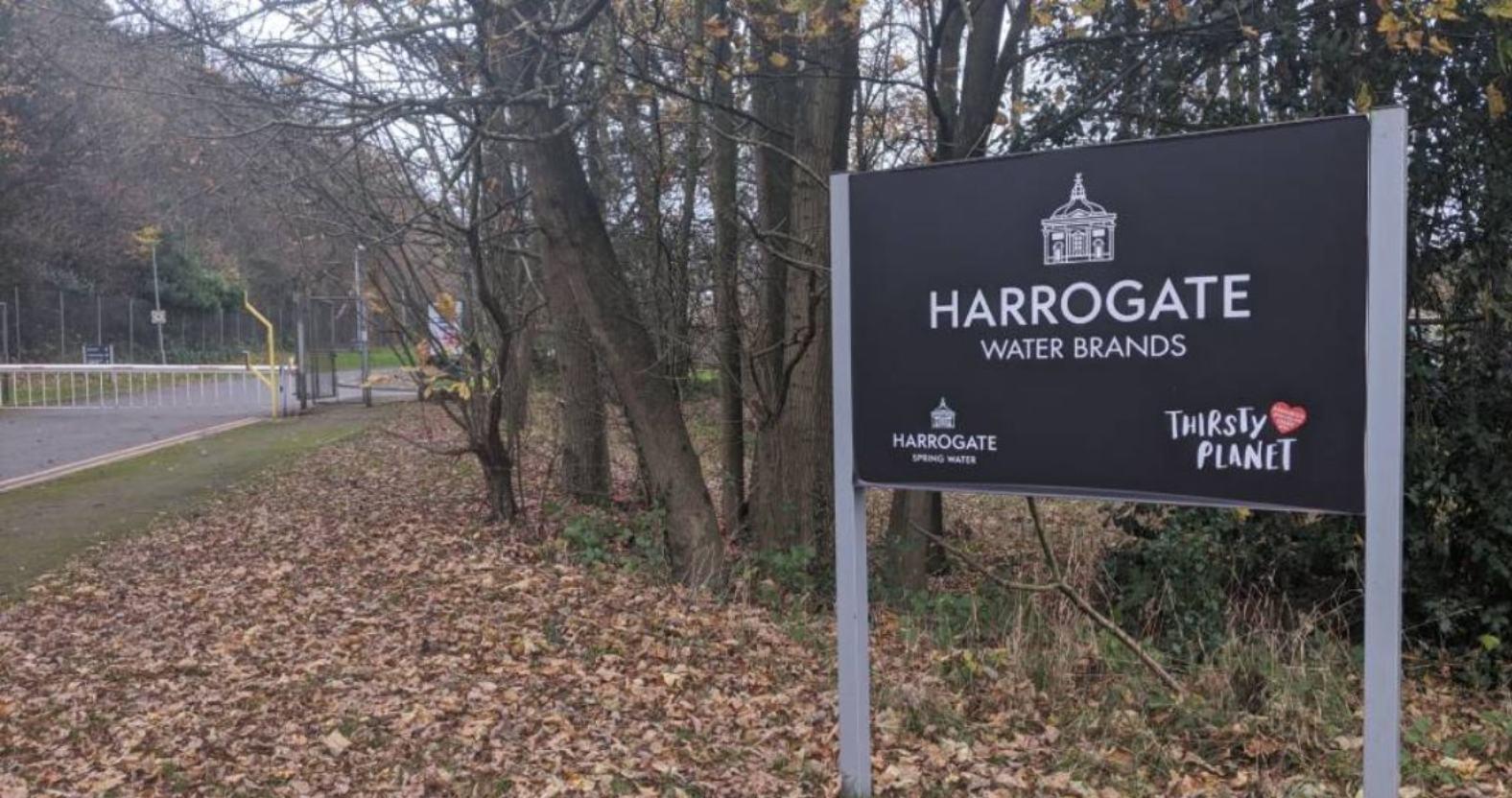Subscribe to trusted local news
In a time of both misinformation and too much information, quality journalism is more crucial than ever. By subscribing, you can help us get the story right.
- Subscription costs less than £1 a week with an annual plan.
Already a subscriber? Log in here.
11
Oct 2024
Harrogate Spring Water submits final Rotary Wood expansion plans

Harrogate Spring Water has submitted the final version of its controversial plan to expand operations at its Harlow Moor Road bottling plant.
The centrepiece of its proposal is the creation of an area of new publicly accessible woodland planted on two acres of land immediately next to Rotary Wood and to the rear of the existing Harrogate Spring Water plant.
The company, which is owned by multinational corporation Danone, also envisages additional tree planting within the current Rotary Wood site, where it aims to expand its production facilities.
Rotary Wood was planted in 2005 by volunteers, including schoolchildren, in an initiative by the Rotary Club of Harrogate. It is managed by the Pinewoods Conservation Group and is registered as an Asset of Community Value.
Campaigners against Harrogate Spring Water’s plans say its destruction would harm the environment, diminish access to a public amenity, and undo the volunteers’ work. They also claim it contradicts Danone’s own deforestation policy.
They have opposed Harrogate Spring Water’s plans for years, and received backing from many quarters, including, notably, TV presenter Julia Bradbury.
As the Stray Ferret reported on Monday, Extinction Rebellion protesters dressed in red demonstrated against the expansion, marching from Harrogate town centre to the bottling plant.

Extinction Rebellion activists protested against the cutting down of Rotary Wood.
Harrogate Spring Water already has outline planning permission for the expansion, which means the principle of development has been established.
But it still requires its reserved matters application, which outlines the details of the scheme, to be approved before it may proceed.
Changes to the plans
The company submitted the final version of its proposals to North Yorkshire Council after a further round of consultations with community groups, stakeholders and local authority officials.
The changes to its previous plan include timber cladding and a reduction in height for the expansion building, as well as updated badger, bat and tree surveys.
Following a request from council tree experts, the planting programme planned for the new publicly accessible woodland next to Rotary Wood has also been revised.
North Yorkshire Council has also requested that, instead of planting around 1,460 trees on existing Harrogate Spring Water land and in the new community woodland, around 660 larger and more mature trees be planted.
Harrogate Spring Water had also planned to plant an additional 1,500 trees in other locations in Harrogate. This number will be increased by around 800 trees to make up for the number of trees that will not be planted on site and in the new woodland.
Richard Hall, managing director at Harrogate Spring Water, said that the company had engaged and listened to the people of Harrogate in revising its proposals.
He said:
The feedback was clear, that the loss of trees and publicly accessible woodland is a concern. That is why the centrepiece of our plan is the creation of a new community woodland which will be fully accessible to the public and we hope will become a valued resource for the local community for many years to come.
He added:
At the end of this process, we want to see a thriving, accessible community woodland and six times as many trees planted in Harrogate as are lost during the building process.
I believe that this is a best-in-class plan to deliver business growth while minimising environmental impact.
The reserved matters application will be available in the coming week on the North Yorkshire Council website, where users can leave views and comments.
Once the application has been received by North Yorkshire Council, it will be subject to a local consultation process led by the council.
It will then be reported to planning committee where councillors will consider the application.
3